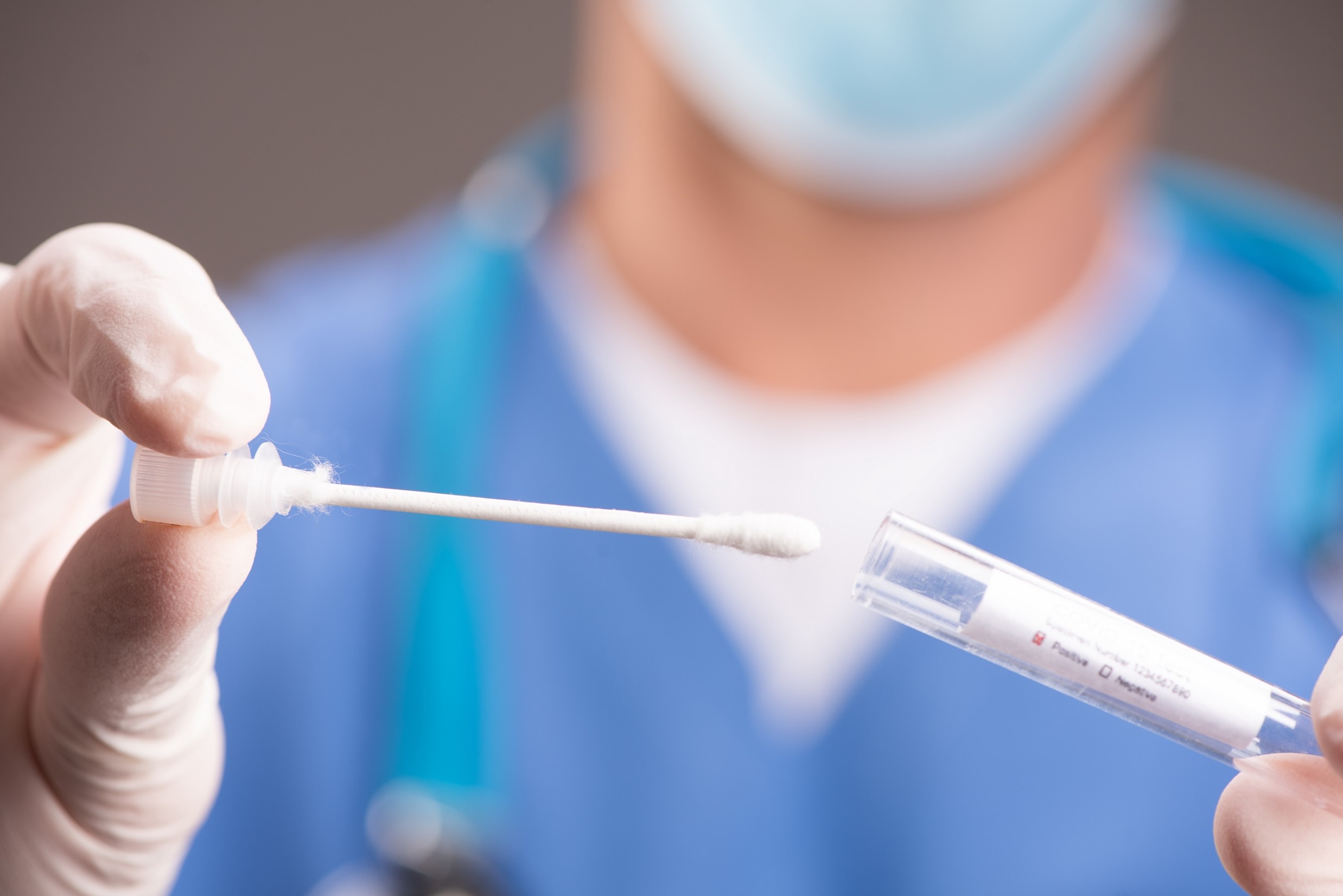
In May 2022, the Medical Device Coordination Group (MDCG) issued MDCG 2022-6, which outlines allowable changes under the IVDR to manufacturers holding valid IVDD device certificates. This guidance document clarifies Article 110(3) of the IVDR, which is reproduced below:
Below are some of the changes that could invalidate your IVDD certificate and require you to comply with the full requirements of the IVDR instead. You are strongly advised to consult with your Notified Body to ensure that there is an alignment on the potential impact of any applicable proposed changes.
Pages 12-17 of MDCG 2022-6 include numerous flowcharts to help you make decisions about whether a change is significant or not. Examples of some significant changes include:
Since demands for Notified Body services at an all-time high, maintain contact with yours early and often to ensure you are scheduled for your audit well in advance of the expiration of your certificate or May 26, 2025, whichever comes first. You will need the time to gather the necessary clinical evidence to support your IVDR submission and everything else that comes with IVDR compliance. If you are an internal auditor and need to make sure you are ready for your audit, consider our intensive IVDR auditor training course. Contact Oriel STAT A MATRIX for assistance in developing a transition quality plan to ensure your IVDD devices can legally remain on the market during the short transition period.

US OfficeWashington DC
EU OfficeCork, Ireland



UNITED STATES
1055 Thomas Jefferson St. NW
Suite 304
Washington, DC 20007
Phone: 1.800.472.6477
EUROPE
4 Emmet House, Barrack Square
Ballincollig
Cork, Ireland
Phone: +353 21 212 8530